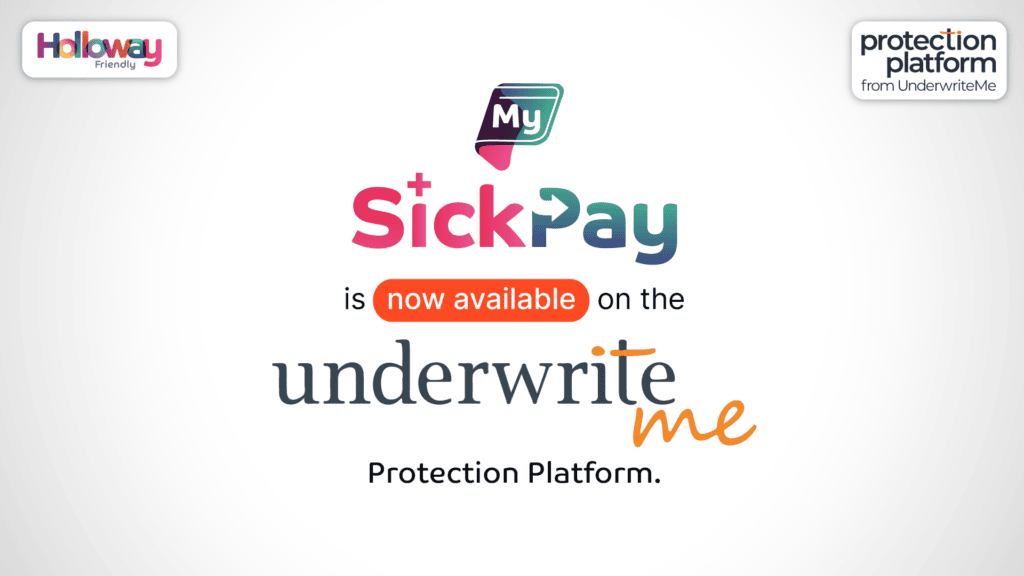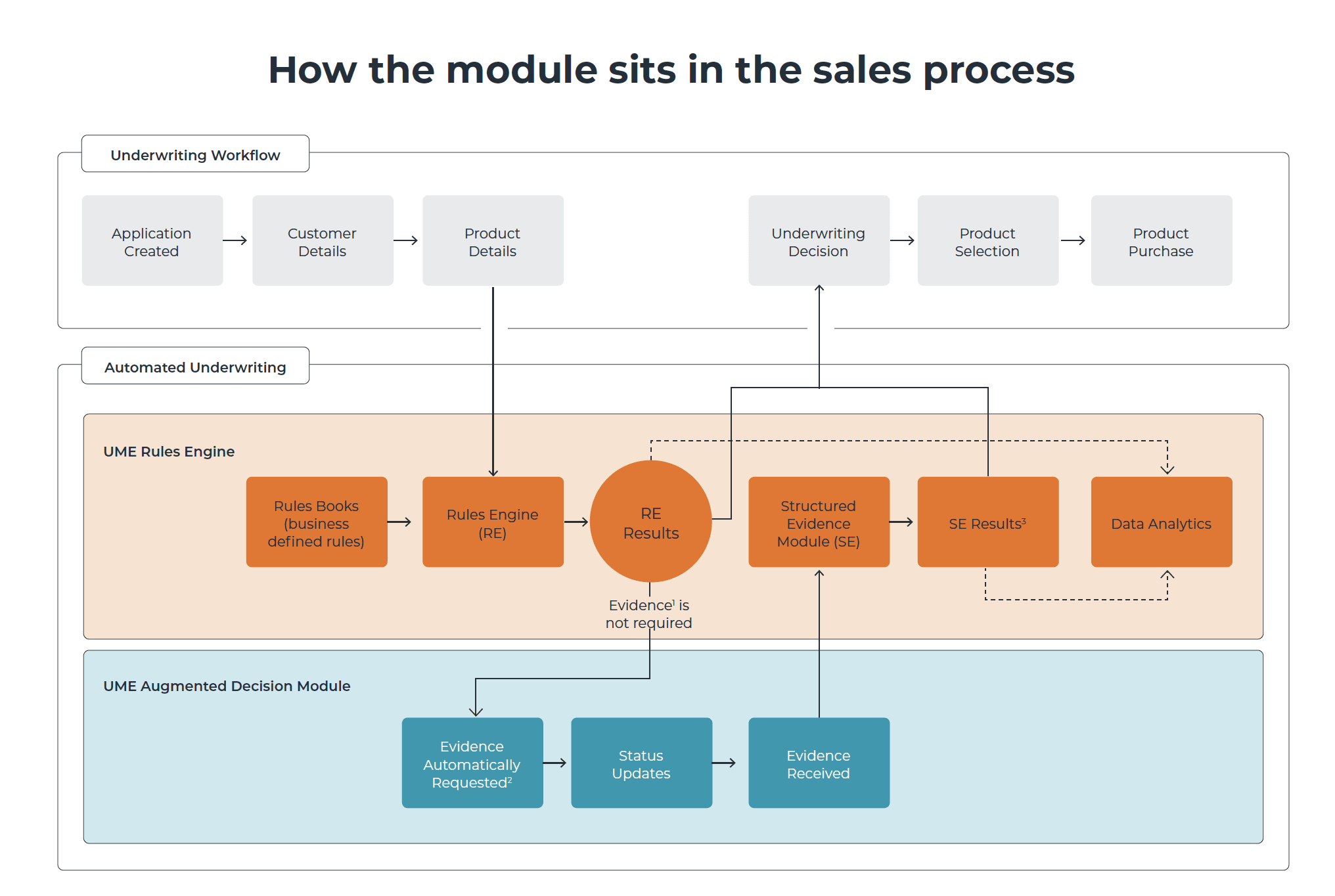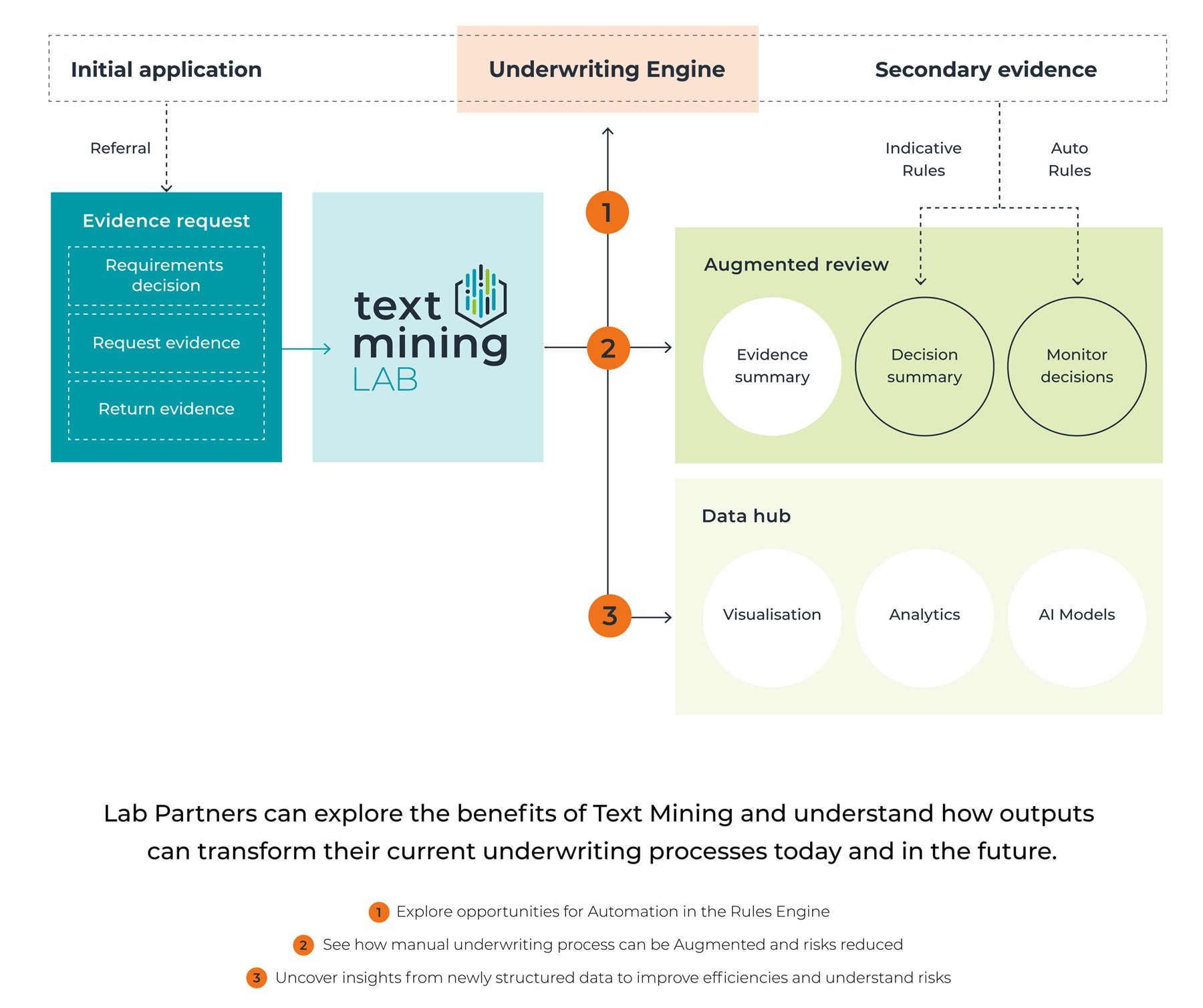April 26, 2024
An Ecosystem For Claims Can Be Greater Than The Sum Of Its Parts

By Will Young, Solution Architect, UnderwriteMe
No man is an island, and neither is a software program.
Despite the growing feature set and capabilities of our products, the applications rarely operate independently. The Underwriting Engine will always need a front-end to offer a friendly user experience. The Protection Platform integrates with insurer quote and activation services. Decision Studio works with the UE.
But how does this work with our Engine for Claims?
The Engine won’t just interact with a front end. It’s the beating heart of the ecosystem that allows insurers to deliver for clients when they need it most. The engine is technology agnostic, allowing for multiple user experiences using the right technology for the job. You can tailor the experience for customers using a call centre or for online self-service.
But there’s more we can do to avoid claimants and assessors needing to manually search for records or review documents. squirrelled away in data silos. The Engine for Claims can also work with Decision Studio. Doing a paramedical exam at claims stage would be a bit late, obviously, but bloods and exams is only one of the types of evidence that Decision Studio can process. After reaching an initial indicative decision on the claim, why not allow the decision to be augmented in real time based on the customer’s disclosures? If the case was underwritten using the Underwriting Engine, you will soon be able to use Decision Studio to fetch the original enquiry and see if the cause of the claim was disclosed. This, and other checks can be done in seconds, allowing the claim to be admitted and paid faster. Best of all, you now have an end-to-end view of the customer’s lifecycle. You can trace back claim decisions to help better inform underwriting.
Many insurers use a workflow system to manage non-automatable tasks, like approvals for large payouts, ex-gratia payments, and the small percentage of cases that do require an assessor’s professional touch. The Engine for Claims has a technology agnostic REST API. This makes integration with workflow automation systems easy and allows insurers to make sure the right person has visibility to make the right decision as quickly as possible. Your workbench can access all the information provided by the claimant, both at claim time and during underwriting. By integrating applications, your legal and compliance teams can build a solid, auditable record of how decisions were made, reducing compliance and regulatory risks. This isn’t possible with a single application on its own.
Underwriting Automation hasn’t led to the end of underwriting jobs – far from it! Instead, it’s allowed underwriters to focus on harder, more complex cases, and made their jobs both more interesting and more productive. The same thing will be true for automating claims assessment. By integrating claims engines across the IT estate, we can deliver better, faster – and yes, CFOs, cheaper – outcomes.
Book a demo with us here and find out more about our claims process.





